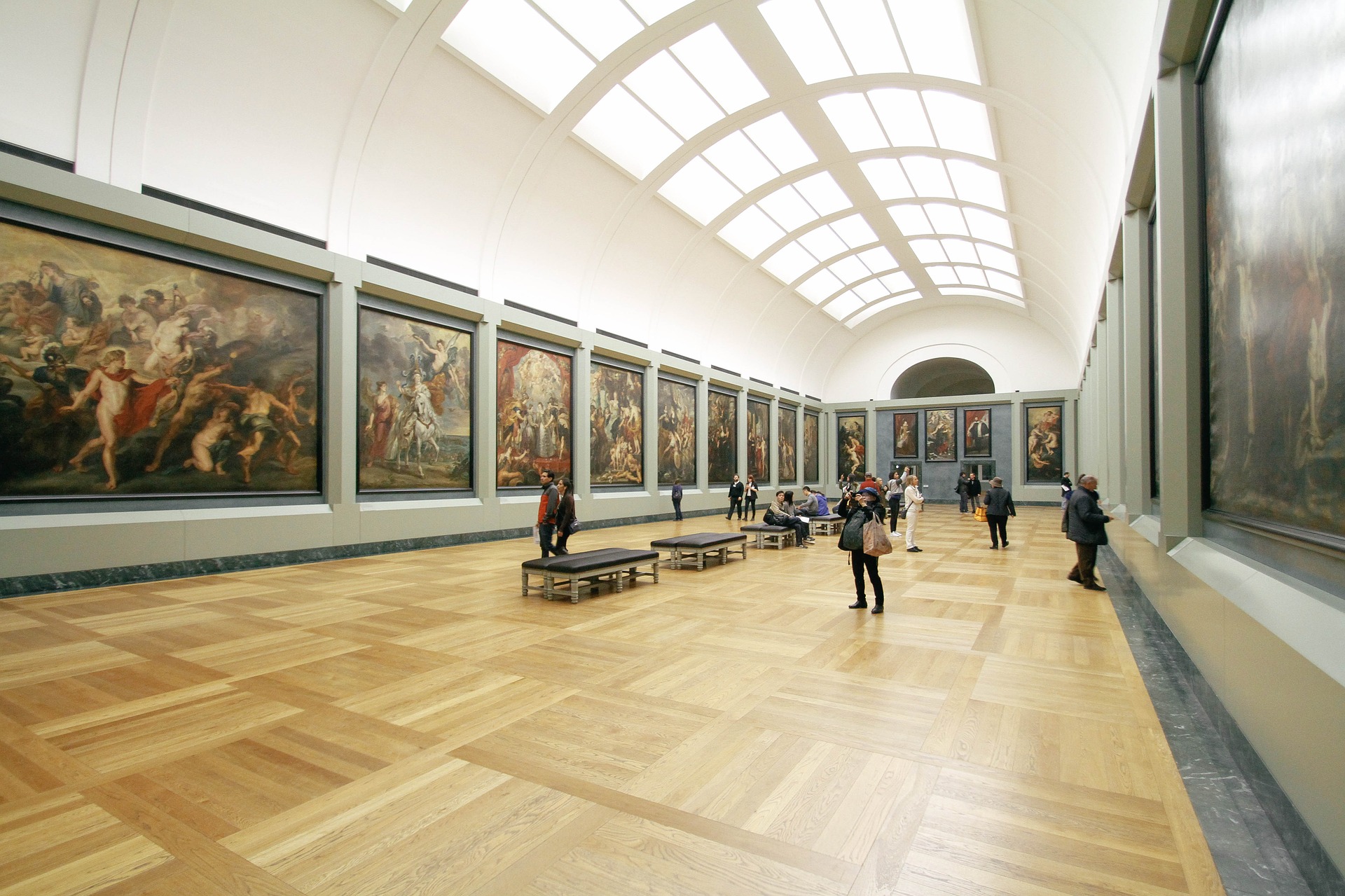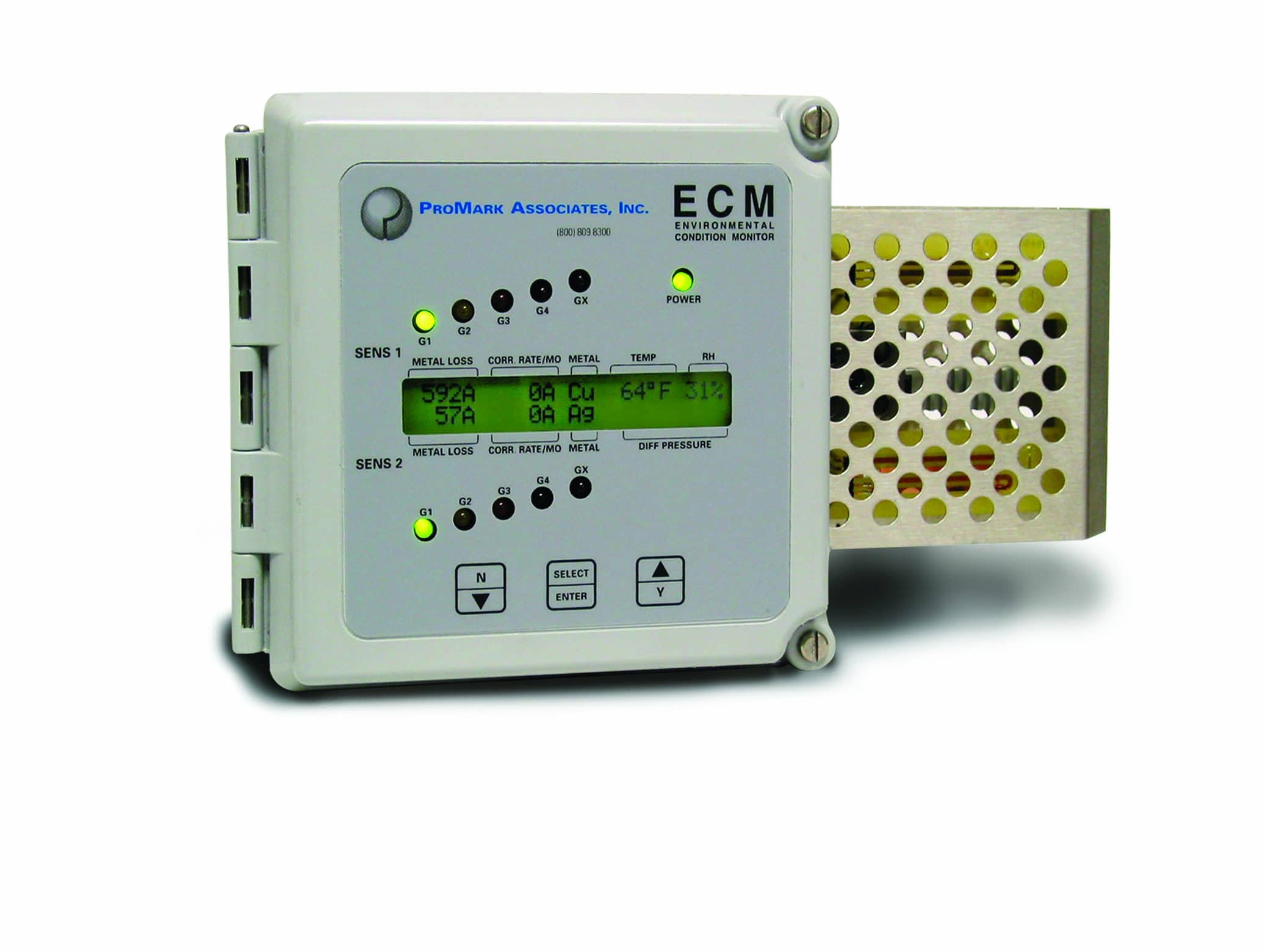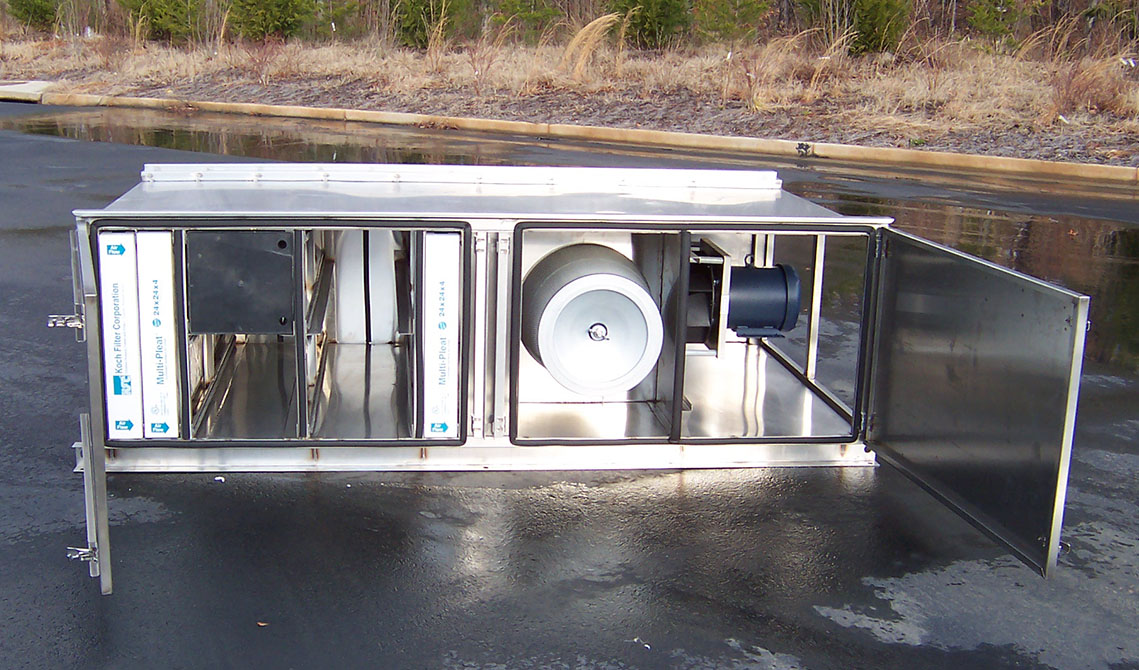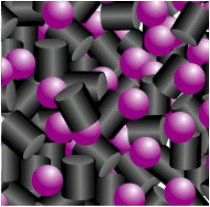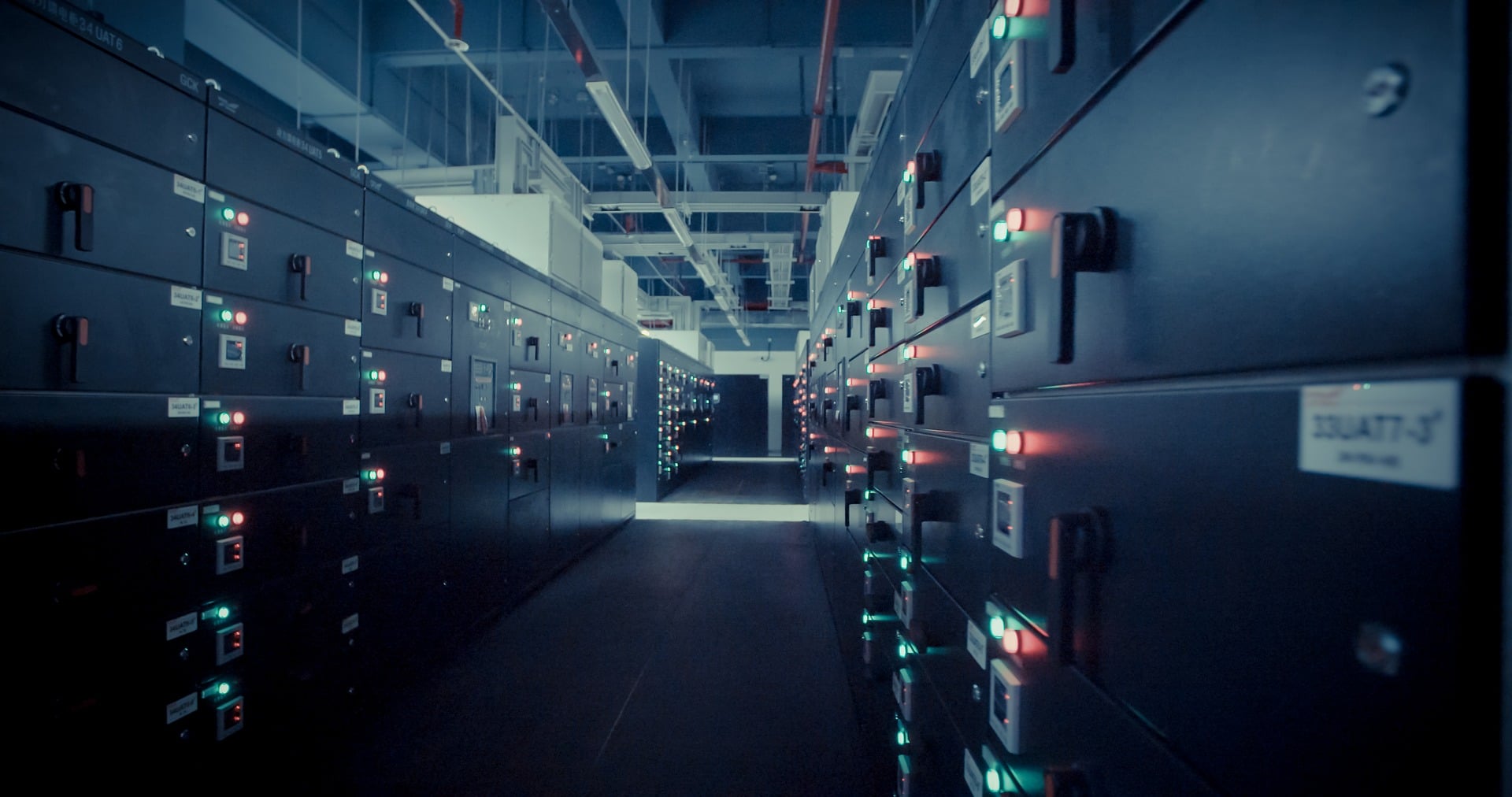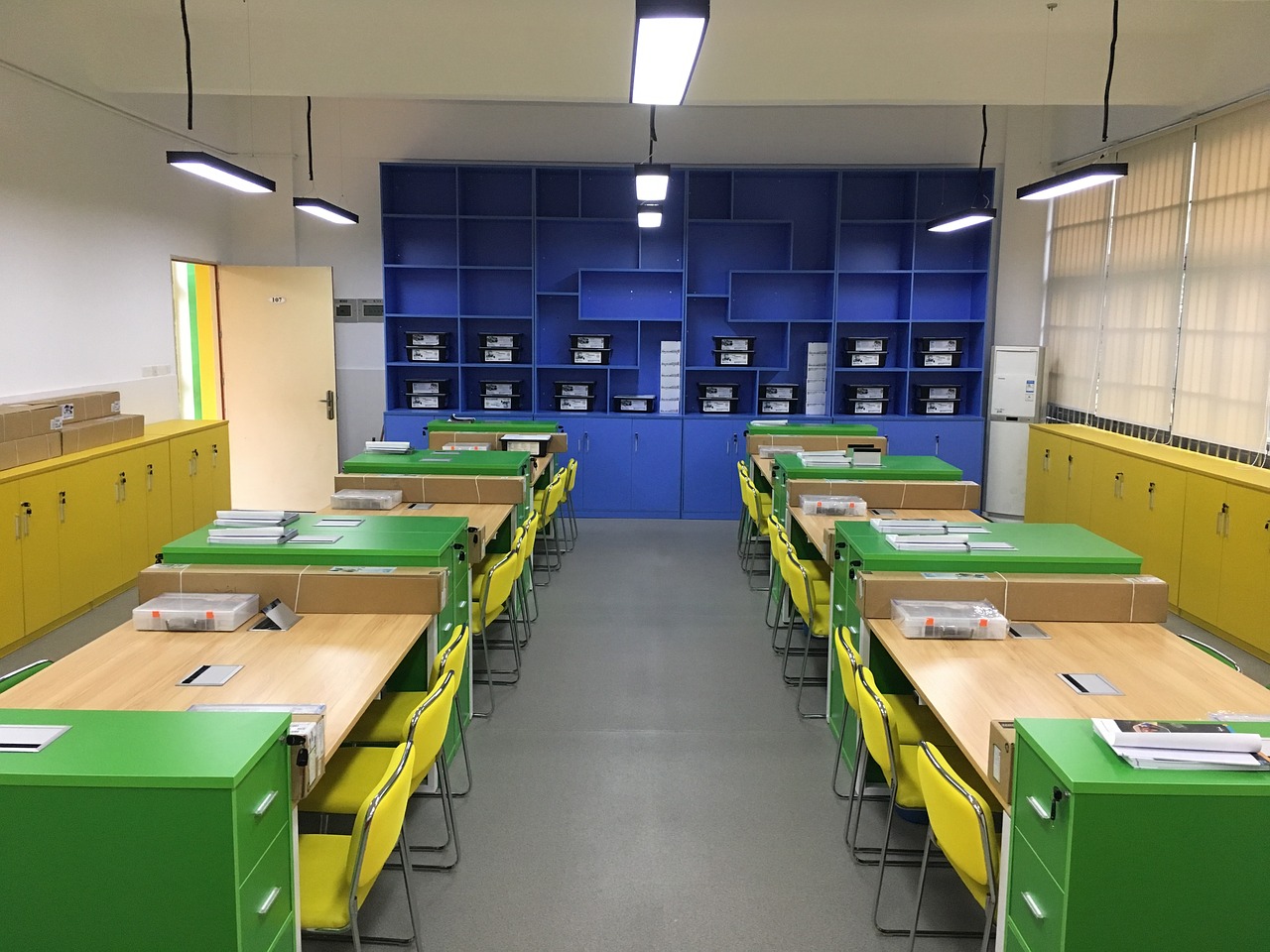The preservation industry operates under distinct requirements for indoor air quality to prevent the deterioration of precious objects.
Common Museum Air Problems
Museums, art galleries, archives and archival exhibits feature precious objects that play a vital role in cultures around the world. The preservation industry must address indoor air quality. A long-term view drives requirements to prevent deterioration in the life of these treasures. Recognition of multiple sources of pollution may include indoor pollutants such as cleaning chemicals, materials (paint), and pollutants brought in by visitors and employees. Outdoor sources might be vehicle emissions—the largest source of pollution worldwide.
Contact Us for More Information or a Quote
Common Problems
Museums
Problem:
Acute attention to the preservation of art, artifacts, fossils, and other valuable collections includes managing levels of light, temperature, and humidity. Just as critical is the control of gaseous contaminants found in the air. Even small amounts of pollutants have a devastating cumulative effect over time. With people walking through the museum who bring their on pollutants, gas-phase filtration and high efficiency particle filtration is required.
Solution:
The best solution is Total Spectrum® air purification because it addresses all the air pollutants as well as pathogens. Total Spectrum® air purification is also the lowest cost to operate over many years. Museums are always struggling to fund operations so a capital raise for Total Spectrum® air purification makes the most sense. Ongoing monitoring of indoor air quality is critical so the museum knows it is using the right chemical media or blends of media with high efficiency particle filters to make display rooms safe for the art works. Humidity control is the job of air-conditioning systems.
